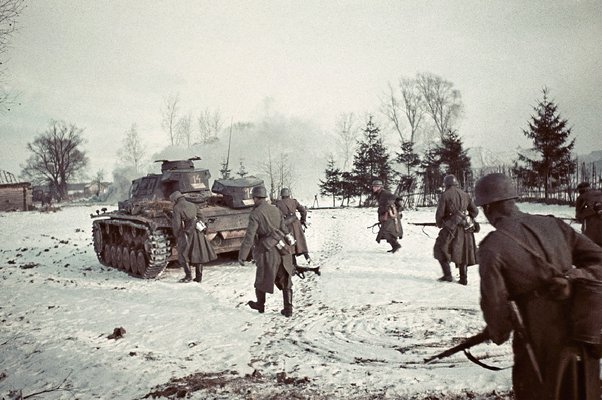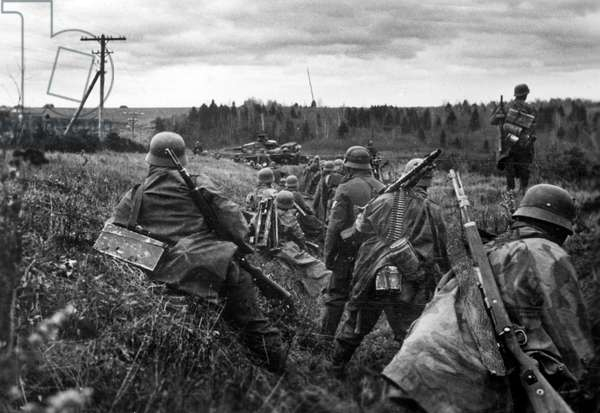The Battle of Moscow

During World War II, the Battle of Moscow was a military campaign consisting of two periods of strategically crucial fight in a 600 km sector of the Eastern Front. It occurred from October 1941 to January 1942.
After four million deaths on the Soviet side, the German force had moved to within 200 miles of Moscow, one of the key military and political targets for Axis forces in their conquest of the Soviet Union. This marked the start of Operation Typhoon, an operation aimed at seizing the Soviet capital and bringing the conflict to a close. But the reality was far from what either party had anticipated.
The Soviet Union had a massive but poorly structured army. The Germans, on the other hand, could have won any war on the earth with their skill and weapons. The Soviet defense was able to stave off the Germans due to the frigid weather and inability to transport supplies to the Panzer Army. Poor-quality Russian roads had destroyed almost 40% of the German truck fleet, and the Germans were damaged and depleted by the time they were within 15 miles (24 kilometers) of Moscow.
The Soviets fortified the city with three defensive belts, additional armies, and men from the Siberian and Far Eastern Military Districts. As the German attack came to a standstill, a Soviet strategic counter-offensive and smaller-scale attacks pushed the German troops back to positions surrounding the cities of Oryol, Vyazma, and Vitebsk, virtually encircling three German divisions. It was a severe blow for the Germans, and it effectively ended their belief in a quick German victory over the Soviet Union.
Date: October 2, 1941 - January 7, 1942
Location: Moscow Oblast, Russian SFSR, Soviet Union
Participants: Germany - Soviet Union











